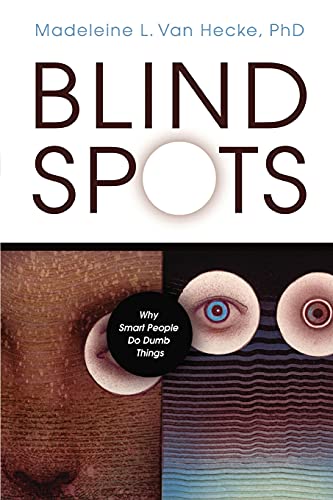Goal setting is essential to help move forward in a meaningful way, whether we’re talking about health, business, or any other skill you want to develop. A key to it, though, is to understand the true underlying goal.
For example, a goal might be for your business to finally reach a million dollars in annual revenue. That’s great, but why? Perhaps that level of income will allow you to pay down some debt, or to hire more staff, or various other things. Earning a million dollars doesn’t do much for you, in and of it itself, but it opens more doors to take your business higher.
In her book “Blind Spots“, author Madeleine Van Hecke gives the example of taking your family to the zoo. What is the goal behind that trip?
Maybe it will hit you that you’ve been acting as if the goal of the outing was to “cover every inch of the zoo,” rather than to “have fun and see some interesting animals,”
When we went to Disney World a few year ago I saw this quite a lot — people dragging around exhausted and miserable children because they “had to do everything”, rather than relaxing and just having a good time.
It’s a tough balance, for sure. With something like Disney World, you’re spending thousands of dollars to be there and you want to make the most of it. At the end of the day, though, do you want to be able to say “we saw everything” or “we had an amazing time”?
Chase after your stated goals, but try to stay focused on the real goal behind the scenes.




